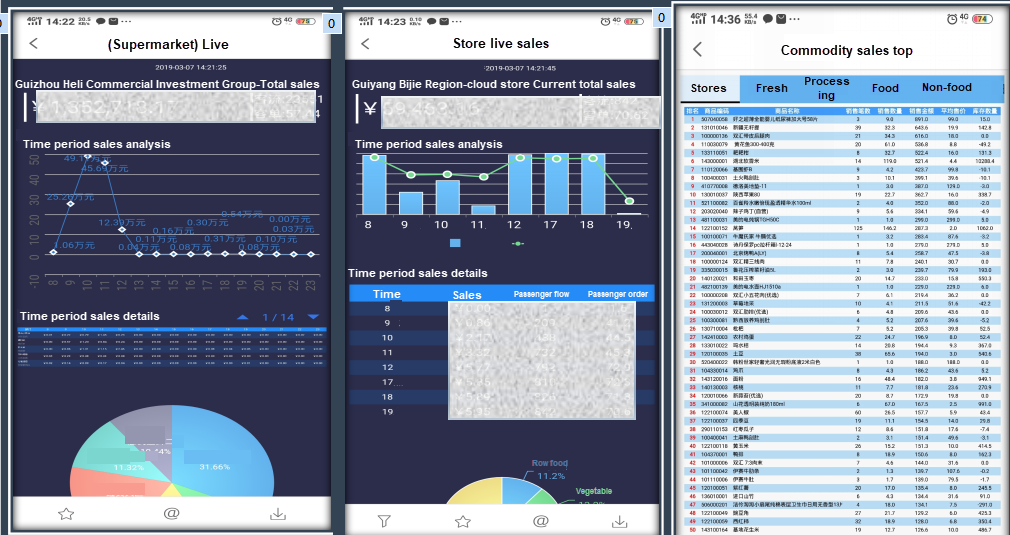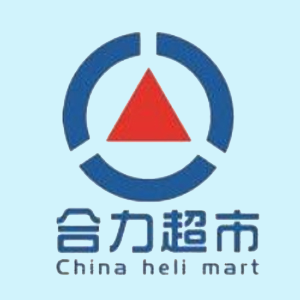After the data center was put into use, Heli has achieved centralized data management with a 99% data accuracy for scenarios such as out-of-stocks, replenishment, inventory, promotion, and live sales by focusing on products and marketing, reducing supplier delivery problem rate by 45% and effectively improving inventory turnover.
I. Company Profile
Founded in 2000, Guizhou Heli Supermarket Group currently has six business sectors, including Heli Fresh Food Supermarket, Heli Fresh Food Flagship Supermarket, Heli Supermarket, Heli Shopping Mall, Heli Food Court, and Heli Department Store. With its IGA five-star management standard and lower price compared to farmers' markets (20% to 30%) and supermarkets (more than 20%), Heli has become the largest local high-standard retail enterprise in Guizhou with 85 stores of various formats and 10,000 employees, boasting an annual sales of RMB 4.5 billion and annual tax amount of RMB 120 million. The company plans to achieve an annual sales of RMB 10 billion and become the first A-share listed retail company in Guizhou in 2020.
II. Project Background
With the traditional management model, it is hard for Heli to effectively monitor the sales of its 85 stores in Guizhou and respond to and solve the store operation problems in a timely manner, which significantly affects the productivity and increases its operating cost.
III. Application Scenarios
Scenario 1: Inventory Management
1.1. Out-of-stocks
Out-of-stocks is one of the pain points in the retail industry and contributes to many problems. Heli Group has many SKUs and it’s hard for operators to know whether items are out of stock; the information of the new products is recorded in the system, but no orders are placed to replenish them; and on shelf items are out of stock, wasting shelf space and affecting corporate image. Customers cannot buy the products they need, which leads to bad shopping experience.
To address these problems, Heli Group developed the out-of-stock rate report using FanRuan platform to show the out-of-stocks status in each store and improve inventory management. Store clerks can see the out-of-stock rate of products and the reasons. Reducing the out-of-stock rate is crucial to customer service and preventing performance losses.
Store staff can manually place orders based on the out-of-stock status. Merchandisers can manage products, lock products, and report the out-of-stock status of specific items.
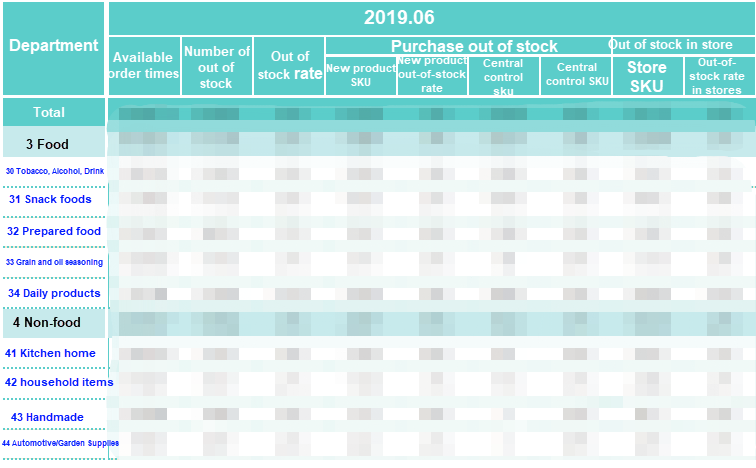
1.2. Supplier Delivery Problems
The following supplier problems often arise in the replenishment process:
· I placed the order several times but no products are delivered. The supplier didn't deliver the items. There is nothing I can do. No products are received after placing orders.
· Insufficient products are received. I have placed orders for products that can be used for three days, but only half of them are delivered.
· The products are not delivered as expected: I placed an order for Product A, but the supplier delivered Product B. I really don't have enough stock for Product A.
By adding the order status and delivery status to the supplier delivery problem report, it is possible to compare and calculate the quantity and rate of products that are not delivered and the amount, and gain visibility into the order delivery status of each supplier. This allows us to make corresponding adjustments for suppliers that frequently make wrong delivery, such as changing the suppliers or giving them warnings. The application of this report has lowered the supplier delivery problem rate from 60% to 15%, and effectively resolve the issue where customers cannot find their desired products.
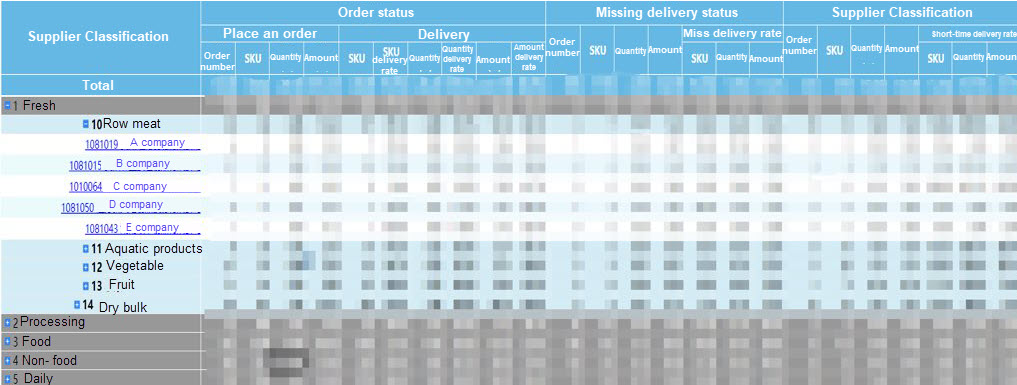
1.3. Overstock
The costs associated with inventory overstock tie up working capital that could be used elsewhere in the company. Moreover, inventory loss may happen due to deterioration, expiration, and out-of-season products. Excess inventory also takes space and resources that could be used for new products.
Inventory report can quickly show the delivery status of suppliers for stores to keep track of supplier’s supply capacities and reduce costs for manual calculation. In the past, calculations are made manually for each supplier, which may cause errors and result in conflicts with the suppliers. This report can be used to evaluate the supplier's delivery performance and present the order information in an efficient and detailed manner.

To deal with excess inventory quickly and improve inventory turnover for each store, the funds for each product should be raised to at least RMB 500 or above. Funds for excess inventory can be used to introduce new products and increase foot traffic, thus improving the company's cash flow and in-store sales per square foot.
Scenario 2: Marketing Management
For unified data specification, all departments generate data based on this report. The report focuses on the analysis of the year-on-year growth rate.
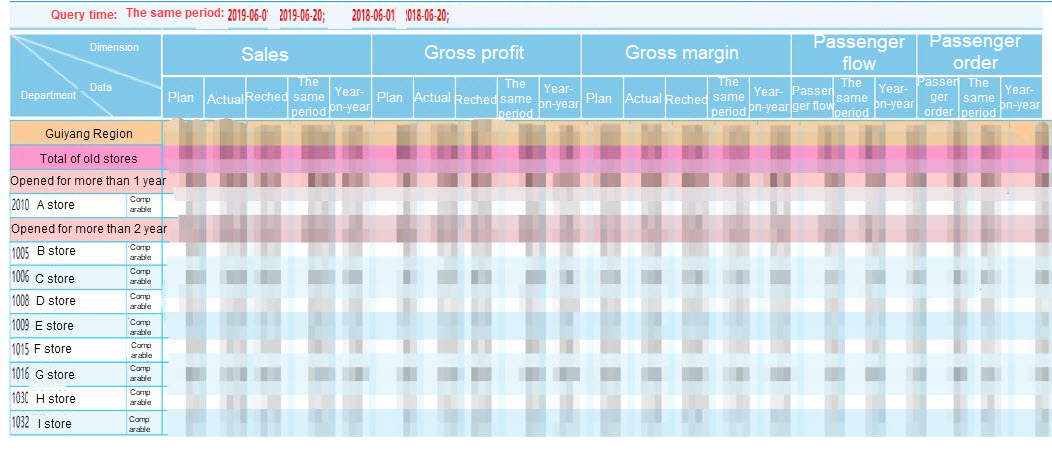
With the target data and unified data specification, it is easier to achieve sales, profit, and data management goals. The report offers 99% data accuracy.
2.1. Promotion Analysis Report
In the past, there was no promotion report available for each department to know the promotion sales in each sales season, how effective it was, and the percentage of promotion sales in the total sales. Moreover, traditional manual data fetching and calculation are prone to errors.
With unified promotion data, the promotion report can be used to view real-time data such as sales and promotion sales percentage of promotional products by store, department, sales season, and category. Without this report, it was impossible to use data to analyze the effectiveness of promotions. Now, promotion data is available without the need of manual calculation.
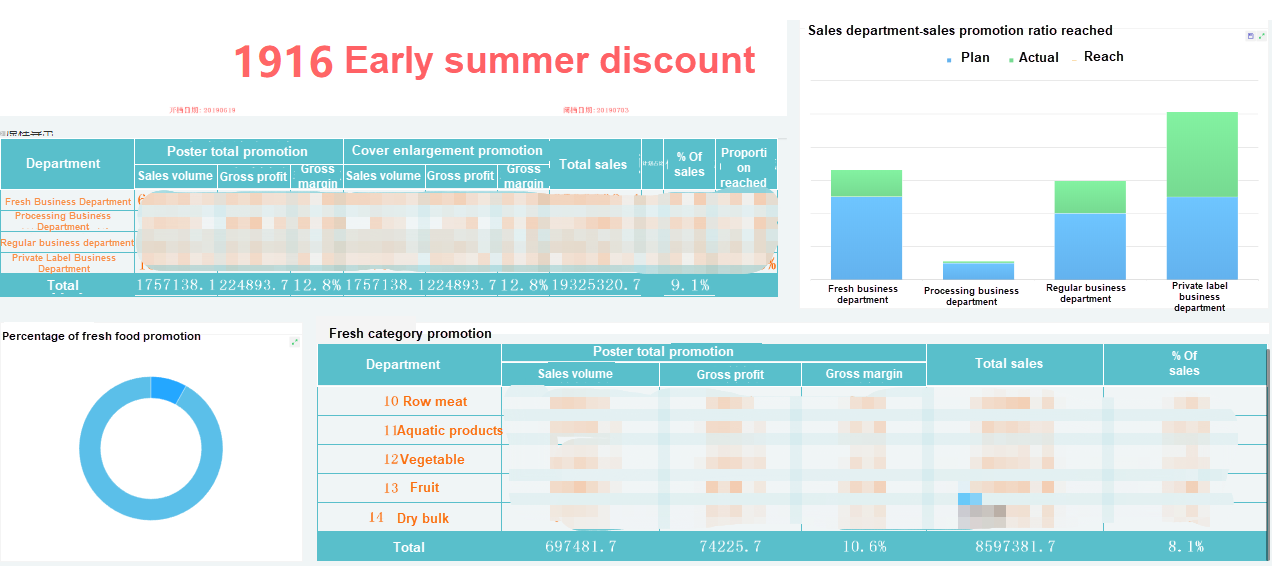
2.2. Live Sales on Mobile Phone
Store personnel can easily view the data on their phones at any time.
